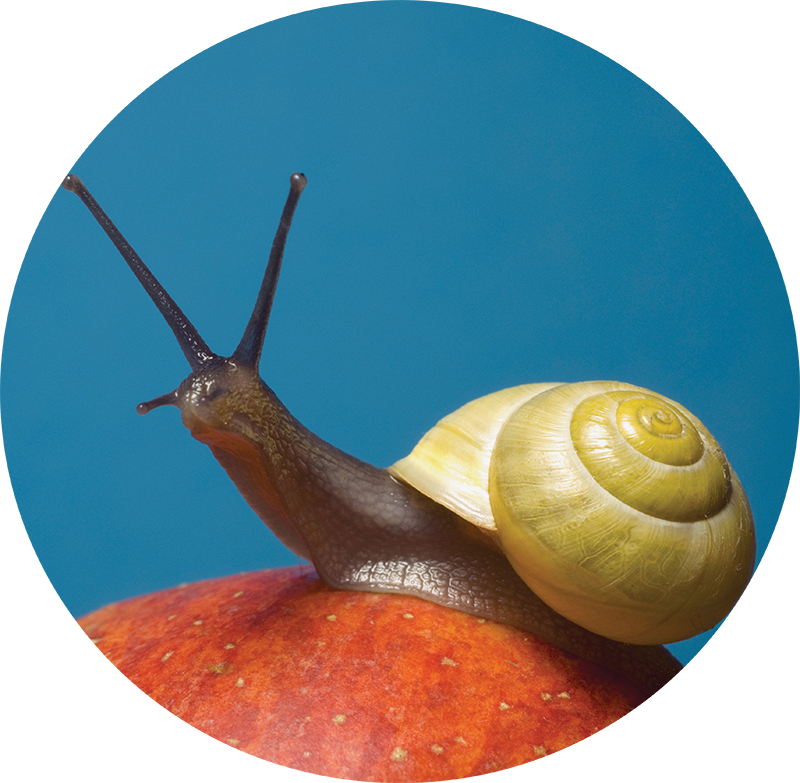 Snails secrete a mucus that acts like superglue, allowing them to adhere to rough surfaces like rocks.
Snails secrete a mucus that acts like superglue, allowing them to adhere to rough surfaces like rocks.
Inspired by this aspect of snail biology, scientists at the University of Pennsylvania, Lehigh University, and the Korea Institute of Science and Technology have created a superglue-like material that is “intrinsically reversible.” In other words, it can easily come unglued.
Adhesives are everywhere—in daily life as well as industry. But achieving both strong adhesion and reversibility is challenging. According to Anand Jagota, professor and founding chair of Lehigh’s Department of Bioengineering, this is especially true of hydrogels, which are 90 percent water.
He says that adhesives usually fall into one of two classes: strong but irreversible, like superglues; or reversible and reusable but weak.
The team, which recently published its findings in Proceedings of the National Academy of Sciences, has managed to overcome these limitations.
“We report a hydrogel-based, reversible, superglue-like adhesive by combining the benefits of both liquid and dry adhesives in a single material,” says Jagota.
When hydrated, the softened gel conformally adapts to the target surface by low-energy deformation. Upon drying, it is then locked in a manner similar to the action of the epiphragm of snails. An epiphragm is a temporary structure created by snails and mollusks. Made of dried mucus, it holds in moisture during periods of inactivity and enables snails to adhere to surfaces.
The scientists show that reversible, superstrong adhesion can be achieved from a nonstructured material when the criterion of shape adaption is met, with minimal residual strain energy stored in the system. According to the researchers, the new material can be applied to both flat and rough target surfaces.
